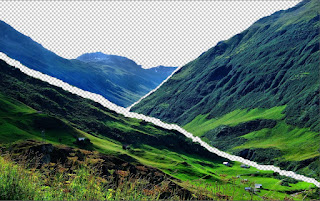Perspective & Vanishing Points
In this lesson we learnt about different perspective views, how they can be used and also how effective they can be.
The first perspective angle we focused on was the one point perspective view, this is a view where the image is focused from one point in the image for example in this image below there is only one point in the photo where the camera is focusing on, as you can see the road in the image looks like its dissapearing, this is called a vanishing point; a vanishing point is when something in the image like a road carries on until it can no longer be seen any more. its common for the vanishing point to be in the centre of the image however it does not have to be.
Another perspective view we looked at was the two point perspective, this is when there are two points in an image where the image is focused on, for example this building in the image below has red lines drawn on to indicate where the two point perspective is coming from. Two point perspective usually allows buildings or objects to appear bigger than they really are.

Three Point Perspective is similar to two points however there is another point of focus, this would make a building look alot taller that it really is as the third point located at the bottom of this image below could be used as a vanishing point to make the image look like its been drawn or photographed from high up.

For all of these perspectives there is an invisible line that is called the eye level line, this is used to locate certain parts of the perspective view and also can be used as a control for the image.
On the image of the road the eye-level line is shown to be in level with the bottom of the two mountains (it is more noticeable on the left mountain)
On the Image of the building of the two point perspective it is shown on the second red line from the bottom, this is in line with the front corner of the building.
and in the last image the eyeline level is located between the two points at the top of the image.




























